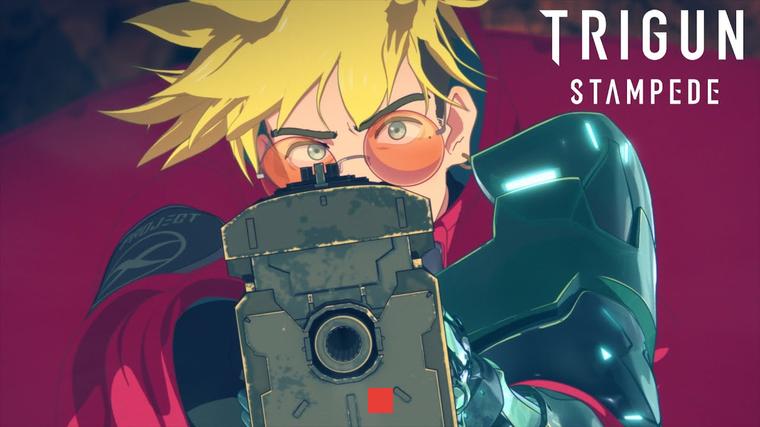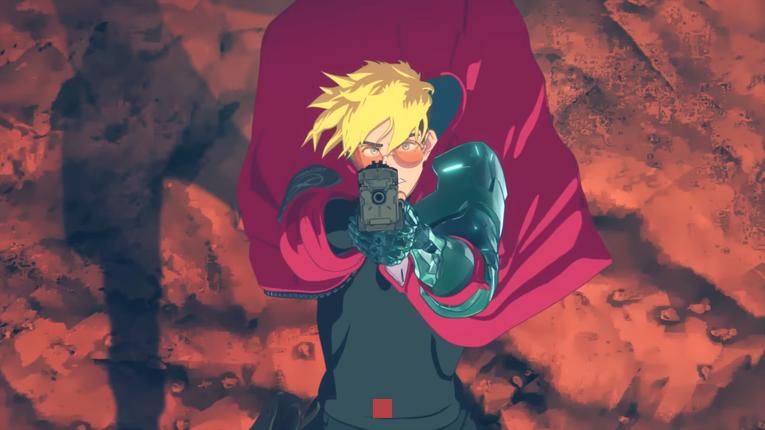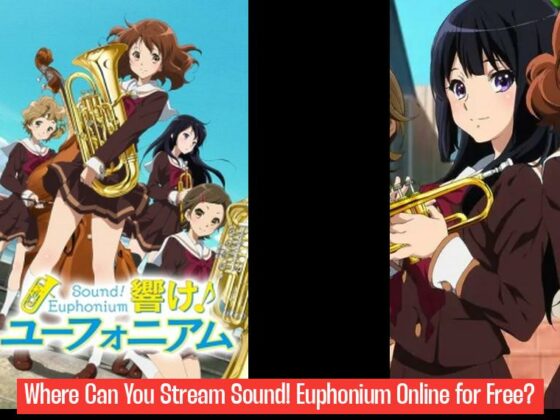Trigun Stampede Reveals Marvel Cinematic Universe Inspiration

Season 2 will officially be called Trigun Stargaze.
Last year, studio Orange released Trigun Stampede, a retelling of the 1998 Trigun anime based on the manga that Yasuhiro Nightow created. And while this is a retelling of a familiar story, Stampede does more than enough to stand on its own legs.
A notable example can be seen in the choice of art style. Many popular animes, such as Attack on Titan, are presented in a 2-D animated art style, often reserving CGI for epic fight scenes. Trigun Stampede, on the other hand, relies heavily on using CGI for its primary art style.
It’s been a little more than a year since the series hit the small screen. Since then, studio Orange has been working on Season 2. Just recently, the official Trigun Stampede X/Twitter account announced that season two of the show will officially be called Trigun Stargaze.
During Anime Expo 2024, Katsuhiro Takei, a producer at TOHO who worked on Trigun Stampede, sat down with GameSpot for an interview to discuss the creative process behind bringing Trigun back to life, how the MCU helped inspire the show, and what scenes stood out to them.
The Marvel Cinematic Universe’s Influence on Trigun Stampede
The Marvel Cinematic Universe (MCU) has become a powerhouse in the entertainment industry, captivating audiences worldwide with its superhero adventures and captivating storylines. It’s no surprise that the MCU’s influence has extended beyond its own universe, inspiring creators in various fields, including anime. One such example is Trigun Stampede, a reimagined adaptation of the classic Trigun anime, which drew inspiration from the MCU’s approach to reimagining beloved franchises.
Katsuhiro Takei, a producer on Trigun Stampede, revealed in an interview with GameSpot that the MCU played a significant role in shaping the show’s creative direction. Takei explained that during discussions with Yasuhiro Nightow, the original creator of Trigun, about how to adapt the story for a new generation, Nightow expressed his admiration for Marvel’s Netflix shows and the MCU’s approach to modernizing classic franchises. This sparked a conversation about how to modernize Trigun while staying true to its core themes and characters.
Takei highlighted the MCU’s success in reimagining classic Marvel characters and stories for a contemporary audience, while still retaining the essence of the original material. This resonated with the creators of Trigun Stampede, who wanted to breathe new life into the beloved franchise while staying true to its essence. Takei emphasized that the MCU’s approach demonstrated that even with significant changes, a reimagining could still feel authentic to the original property, a principle they adopted for Trigun Stampede.
Takei specifically mentioned two MCU projects that inspired Trigun Stampede: Daredevil and Iron Man. He explained that Daredevil’s gritty and realistic approach to storytelling resonated with the team, while Iron Man’s blend of action, humor, and heart provided a blueprint for how to balance different tones in the show. These influences, combined with Nightow’s vision, shaped the creative direction of Trigun Stampede, resulting in a reimagined adaptation that feels both familiar and fresh.
The Bold Decision to Embrace CGI

The decision to depart from the traditional 2-D animation style and embrace CGI for Trigun Stampede was a bold one, and it sparked much discussion among fans. Takei explained that the choice stemmed from the desire to create a visually distinct and memorable experience that would stand apart from the original 1998 anime. The team recognized that the 1998 anime, produced by Madhouse, was a masterpiece, and replicating its visual style would be an insurmountable challenge.
Embracing CGI allowed the team to explore new creative possibilities and push the boundaries of visual storytelling. Takei emphasized that CGI offered a unique opportunity to create a visually dynamic and immersive world, allowing for more intricate detail, fluid movement, and a sense of grandeur that wouldn’t have been possible with traditional 2-D animation. He also highlighted that CGI allowed them to bring to life specific scenes that would have been challenging or impossible to animate using traditional methods.
The CGI in Trigun Stampede is a testament to the team’s commitment to pushing creative boundaries and exploring new technological advancements in animation. It’s a bold departure from the traditional style of anime, but it ultimately serves to create a visually distinct and memorable experience that complements the story and characters. The use of CGI in Trigun Stampede demonstrates the evolving landscape of animation and the growing influence of technology in pushing the boundaries of visual storytelling.
The Importance of Music in Storytelling
Music plays an integral role in storytelling, setting the mood, enhancing the emotional impact, and adding depth to the narrative. The creators of Trigun Stampede understood this importance and made a conscious decision to bring in Tatsuya Kato to compose the soundtrack. Takei explained that the director, Kenji Muto, wanted music that was both powerful and simple, capable of evoking a wide range of emotions in the audience.
Kato’s musical score serves as a powerful tool for amplifying the emotional journey of the characters, complementing the action sequences, and creating a sense of atmosphere that immerses viewers in the world of Trigun. The music is a vital component of the show’s overall experience, contributing to the emotional impact and leaving a lasting impression on the audience.
The decision to collaborate with Kato demonstrates the team’s commitment to creating a holistic and immersive experience for viewers, where every aspect of the production, from the visual style to the music, works together to tell a compelling story. It’s a testament to the importance of music in storytelling, and how a carefully crafted score can enhance the emotional impact and elevate the overall experience for the audience.
The Legacy of Trigun
Trigun Stampede, despite being a reimagining of the original anime, is a testament to the enduring legacy of the Trigun franchise. It’s a story about kindness, compassion, and the power of forgiveness, themes that resonate with audiences across generations. The MCU’s influence on the show’s creative direction helped shape a reimagining that feels both fresh and familiar, honoring the original source material while embracing new possibilities. The decision to embrace CGI and collaborate with Tatsuya Kato for the soundtrack further demonstrates the team’s commitment to pushing creative boundaries and delivering a visually and musically captivating experience.
Trigun Stampede stands as a testament to the power of storytelling and the enduring legacy of the Trigun franchise. The show’s success, despite its bold changes and reimagining, is a testament to the appeal of the original story and the ability of creators to adapt and reinvent classics for new audiences, while honoring the essence of the original work. The show’s journey to reimagine Trigun for a new generation serves as an inspiration to other creators to embrace change, push creative boundaries, and deliver stories that resonate with audiences across generations.
What is the official title for Trigun Stampede Season 2?
Season 2 will officially be called Trigun Stargaze.
How does Trigun Stampede differentiate itself in terms of art style compared to other popular animes?
Trigun Stampede relies heavily on using CGI for its primary art style, unlike many popular animes that use 2-D animation.
Who revealed the influence of the Marvel Cinematic Universe on Trigun Stampede?
Katsuhiro Takei, a producer on Trigun Stampede, revealed in an interview with GameSpot the significant role the MCU played in shaping the show’s creative direction.
What inspired the creators of Trigun Stampede to reimagine the classic anime?
The creators drew inspiration from the MCU’s approach to reimagining beloved franchises, as revealed by Katsuhiro Takei during discussions with Yasuhiro Nightow, the original creator of Trigun.



